Which carrier delivers the best 5G experience?
5G coverage is rapidly expanding across thousands of U.S. cities. AT&T, T-Mobile, and Verizon have each launched 5G networks with both high-capacity mmWave and long-range sub-6 bands. If you're ready to jump into a new 5G phone, make sure to keep up to date on which carrier has the best coverage for you. Notably, T-Mobile's 5G network is adding capacity to its network in over 1,000 cities already, thanks to the spectrum it got from Sprint. Once fully deployed, 5G service will provide faster speeds and reduced response times, allowing for new services and cloud computing not previously available. However, for now, it's still very much a work in progress.
5G is taking hold in the U.S., and it's no coincidence that many of the best cell phone plans now include 5G and most of the best Android phones work with 5G. For now, the major difference between LTE and 5G will be speed, but as coverage continues to roll out to new areas, more services that rely on instant connectivity should become possible.
Before you upgrade your phone or switch carriers, check to see which network gives you the best coverage on both 5G and 4G LTE.
Frequencies and coverage
| Carrier | Bands |
|---|---|
| Verizon | n5 (DSS for sub-6) n261 (28GHz) |
| T-Mobile | n71 (600MHz) n41 (2.5GHz) from Sprint n260 (39GHz) n261 (28GHz) |
| AT&T | n5 (850MHz) n260 (39GHz) |
| U.S. Cellular | n71 (600MHz) |
Building a 5G network is a balance between capacity and coverage. With the highest-frequency bands, known as mmWave, carriers get access to huge chunks of spectrum, allowing for fiber-like speeds over the wireless network. While it's not the first time the frequencies of mmWave bands have been used, this is the first time it has become economically feasible to use them for mobile broadband. Still, progress is slow, and all of the major carriers are focusing a lot more on coverage for the time being.
Lower frequencies are less susceptible to interference, meaning fewer but larger towers need to be built to cover an area than mmWave. Since there is less lower-frequency spectrum available, plus more people will be sharing one tower, speed is much more limited. With mmWave, you will have a tower for smaller areas like a neighborhood. This is kind of like how your Wi-Fi is very fast but only works in your home. As you can imagine, mmWave is very costly and slow to deploy.
While T-Mobile is making the most out of its 600MHz and 2.5GHz spectrum for a solid balance of coverage and speed, Verizon and AT&T will be leaning heavily on DSS, or dynamic spectrum sharing that allows towers to share spectrum between LTE and 5G on the fly. T-Mobile has been able to leverage its resources to build the largest 5G network while continuing to add capacity to hundreds of cities thanks to its 2.5GHz spectrum.
Where Verizon has 5G
Verizon's 5G network is expanding quickly. Verizon started small, with only a few cities deploying what it calls 5G Ultra-Wideband (UWB). In short, this is mmWave 5G, which uses large chunks of high-frequency bandwidth, around 28GHz, that produce very high speeds but suffer in other areas such as coverage over distance and building penetration. While coverage was dense enough in cities to be included on the list, coverage is still only available in parts of the cities outdoors.
A much larger nationwide 5G network is now available using Dynamic Spectrum Sharing (DSS). This network now covers 230 million customers and 2,700 cities, according to Verizon. DSS allows Verizon to repurpose its huge amount of existing LTE spectrum to work with both 5G and LTE. The equipment on the towers can allocate the spectrum to the network that needs it most without a significant impact on the LTE network, which most people will still be using for a while.
Furthermore, this nationwide 5G network is available to all customers on any data plan, unlike UWB, which requires an unlimited plan.
Verizon has a coverage map with both LTE and 5G coverage showing just how much larger its nationwide network already is than the UWB network. Verizon UWB 5G has made it to 62 cities, including 48 stadiums and seven airports so far. This is pretty good for a mmWave based network and demonstrates Verizon's commitment to the technology.
At this time, it is easy to be discouraged about such minimal 5G coverage, but this 5G network will keep things snappy even when there are a ton of customers connected. Early tests have been positive with us seeing speeds up to 1.4 Gbps. Although these massive speeds are impressive, they probably won't hold up under a full Chicago load, but it's still exciting to see. We're also seeing more specific expansion to places like NFL stadiums or race tracks. While great as a tech demonstration, this doesn't offer much to the customer just yet.
Check out Verizon's 5G coverage map
Cities with Verizon Ultra Wideband 5G service
- Akron, OH
- Albuquerque, NM
- Anaheim, CA (5G Home)
- Ann Arbor, MI
- Arlington, TX (5G Home)
- Atlanta, GA (5G Home)
- Baltimore, MD
- Boise, ID
- Boston, MA
- Charlotte, NC (5G Home)
- Chicago, IL (5G Home)
- Cincinnati, OH (5G Home)
- Cleveland, OH (5G Home)
- Colorado Springs, CO
- Columbia, SC
- Columbus, OH
- Dallas, TX (5G Home)
- Denver, CO (5G Home)
- Des Moines, IA
- Detroit, MI (5G Home)
- Durham, NC
- Fort Wayne, IN
- Fresno, CA (April 22)
- Grand Rapids, MI
- Greensboro, NC
- Hampton Roads, VA
- Hartford, CT (5G Home)
- Hoboken, NJ
- Houston, TX (5G Home)
- Indianapolis, IN (5G Home)
- Jersey City, NJ
- Kansas City, MO (5G Home)
- Knoxville, TN
- Las Vegas, NV (5G Home)
- Little Rock, AR
- Los Angeles, CA (5G Home)
- Louisville, KY (5G Home)
- Memphis, TN (5G Home)
- Miami, FL (5G Home)
- Milwaukee, WI (5G Home)
- Minneapolis, MN (5G Home)
- Nashville, TN
- New Orleans, LA (April 22)
- New York, NY
- Norfolk, VA
- Oklahoma City, OK
- Omaha, NE (5G Home)
- Orange County, CA (5G Home)
- Panama City, FL
- Pensacola, FL
- Philadelphia, PA
- Phoenix, AZ (5G Home)
- Providence, RI
- Raleigh, NC
- Richmond, VA
- Riverside, CA (April 22, 5G Home)
- Sacramento, CA (5G Home)
- Salt Lake City, UT (5G Home)
- San Antonio, TX (April 22, 5G Home)
- San Diego, CA (5G Home)
- San Francisco, CA (5G Home)
- San Jose, CA (5G Home)
- Sarasota, FL
- Seattle, WA
- Sioux Falls, SD
- Spokane, WA
- St. Louis, MO (5G Home)
- St. Paul, MN (5G Home)
- St. Petersburg, FL
- Syracuse, NY
- Tampa, FL (5G Home)
- Tucson, AZ
- Washington D.C.
C-Band expansion
Verizon spent $52.9 billion to secure an average of 161MHz of C-Band spectrum in an FCC auction in March 2021. With about 60MHz becoming available at the end of 2021, Verizon expects to cover up to 100 million people by March 2022 with this new spectrum. C-Band is sub-6 5G spectrum ranging between 3.7 and 4.2 GHz. Set to be part of Verizon's Ultra Wideband service, C-Band will increase capacity and speed in areas where millimeter-wave isn't feasible.
In addition to the initial 100 million, Verizon expects to cover 175 million people over 2022 and 2023. Eventually, C-Band coverage will reach 250 million people. C-Band will allow Verizon to offer its 5G Home internet service to more people than would be possible with millimeter-wave alone. Still, Verizon customers on 5G should expect to connect to the slower nationwide network for the time being.
Verizon 5G
Nationwide plus UWB
Catching up quickly
Verizon's 5G network is expanding quickly, and with nationwide 5G now available, even you might have access to Verizon's 5G network as long as you have a 5G phone.
Where T-Mobile has 5G
T-Mobile has the largest 5G network by a considerable margin. T-Mobile started building a 28GHz or 29GHz high-band mmWave network in the middle of 2019 before following it up with 5G on its 600MHz spectrum. While this lower-frequency 5G isn't as fast as we've seen with mmWave networks, its extensive coverage area makes it more practical for users. T-Mobile has now been able to fully implement and expand Sprint's 5G spectrum into its network, helping it to become the largest 5G network as well as the fastest, according to OpenSignal.
Nationwide coverage
T-Mobile already has an interactive 5G coverage map ready to go. Most 5G phones on T-Mobile support the entire network now, including some of the biggest names like Samsung's Galaxy S21 series. Some older phones will work with both networks, such as the OnePlus 7T Pro 5G McClaren. Most 5G phones you can still find for sale will support the full network. Looks for bands n41 and n71, to be sure.
Notably, on June 1, 2020, T-Mobile announced a partnership with carrier GCI in Alaska to provide 5G coverage in Anchorage. This made T-Mobile the first carrier to have 5G coverage in all 50 states.
Metro by T-Mobile, Mint Mobile, Google Fi, and several other T-Mobile-based prepaid carriers also offer 5G on supported phones. Unlike AT&T and Verizon prepaid carriers, there's no special plan or additional fees to use it.
Layer cake and 5G SA
T-Mobile's sub-6 network is on bands n71 and n41 (Sprint) at 600MHz and 2.5GHz, respectively. Its mmWave network is on n260 and n261 at 39GHz and 28GHz. Simply put, a higher frequency has less range and has worse building penetration but much greater potential for high speeds.
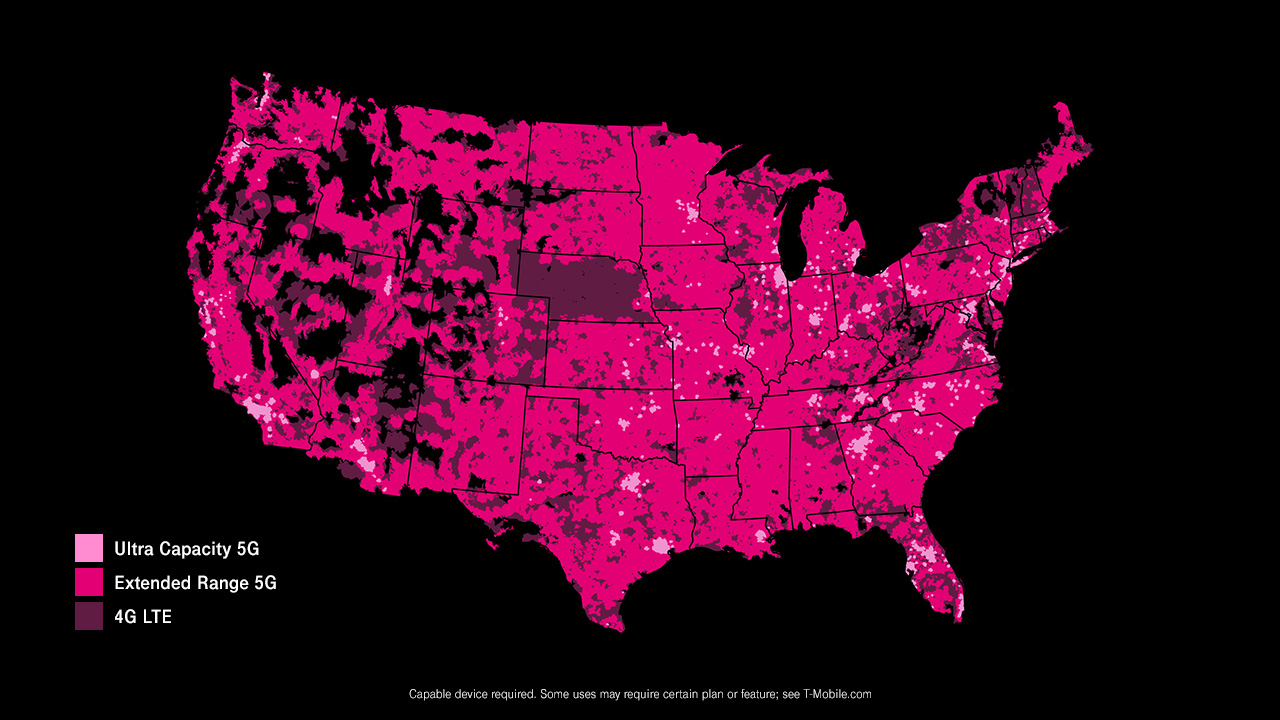 Ultra Capacity 5G refers to 2.5GHz band n41. Extended Range 5G refers to 600MHz band n71.
Ultra Capacity 5G refers to 2.5GHz band n41. Extended Range 5G refers to 600MHz band n71.
In our earlier testing, the raw speed with T-Mobile's n71 600MHz sub-6 network increases compared to LTE weren't anything to write home about. The problem is twofold since there is relatively less bandwidth available on this long-range spectrum and that a phone may prefer to connect to a weaker 5G signal over a stronger LTE signal. This puts 5G in a worst-case scenario for head-to-head speeds.
To improve this, T-Mobile will continue to upgrade more towers with 5G capabilities. One of the most significant developments has been the move to standalone 5G or 5G SA. Earlier deployments of 5G required a connection to LTE to work correctly. This setup could severely limit network responsiveness and coverage. With 5G SA, T-Mobile is reporting around a 30 percent increase in its 5G coverage as well as a 40 percent improvement in latency.
Another upgrade is the added support for n41 2.5GHz 5G. Sprint managed to secure quite a bit of spectrum, so speeds are a decent upgrade over LTE for the most part, but it doesn't reach nearly as far. Of course, T-Mobile customers with compatible phones and Sprint customers with a Galaxy S20 series phone will be able to access both bands on T-Mobile's 5G network.
T-Mobile now has 5G active on its 2.5GHz spectrum in over 2,400 cities and towns, with speeds of around 300Mbps peaking close to 1Gbps. T-Mobile's Ultra Capacity 2.5GHz network already covers 125 million people and expects to cover 200 million by the end of 2021. T-Mobile isn't stopping there and plans to cover 250 million by the end of 2022 and 285 million by the end of 2023. That's 90% of Americans.
T-Mobile will also give its network a boost with C-Band spectrum in key areas though most of that spectrum won't be available for a couple of years. A portion will become available at the end of 2021.
Finally, if you're looking for pure speed, mmWave is the answer but has a range more similar to Wi-Fi than sub-6 5G. With a tower struggling to cover a city block and useless on the far side of a brick wall, it's better suited to very dense areas and even buildings like stadiums. With the cost of tower installation multiplied by the vast number of towers needed, mmWave is going to take years to build out.
High-band, millimeter-wave coverage is available in parts of these cities.
- Atlanta
- Cleveland
- Dallas
- Las Vegas
- Los Angeles
- New York
What about Sprint and Sprint customers
Sprint has now been rebranded as T-Mobile, but Sprint customers will continue to use the Sprint network for now. In time Sprint customers will be brought to the T-Mobile network, but it has yet to announce a date when that could happen.
New 5G phones purchased for Sprint can now use T-Mobile's 5G network as long as they support it. However, that means that Sprint customers with an older 5G phone like the Galaxy S10 5G will get kicked back to LTE since the Sprint version doesn't work with T-Mobile's network. Sprint's coverage maps don't even show 5G anymore.
T-Mobile allows customers who are still making payments on Sprint 5G devices like the Galaxy S10 5G, LG V50 ThinQ, or the OnePlus 7 Pro 5G to upgrade to a Galaxy S20 for a discount. T-Mobile is also crediting the customers that purchased the HTC 5G hotspot.
T-Mobile 5G
Layer Cake
The biggest 5G network
T-Mobile is building a nationwide 5G network on low-band and mid-band spectrum. It isn't charging customers anymore to get on it. With T-Mobile, all you need is the phone and coverage to get 5G.
Where AT&T has 5G
AT&T certainly has a very impressive list of cities with available 5G coverage. AT&T has launched the majority of its 5G network for business use. AT&T started with millimeter-wave and has also launched its nationwide 5G network based on its 850MHz spectrum as well as DSS in some areas. AT&T's network is one of the fastest overall thanks to its great LTE network speeds, and it's quickly catching to T-Mobile with its sub-6 5G.
AT&T uses DSS (Dynamic Spectrum Sharing) to share portions of the spectrum currently only used for LTE with its 5G network in some areas. This will allow towers to use spectrum as needed and provide a smooth transition to 5G without needing to take portions of LTE fully offline. Interestingly, AT&T now offers 5G roaming in Japan thanks to an agreement with NTT DOCOMO.
If you're on AT&T and you want to access 5G, you'll need either the Unlimited Elite or Unlimited Extra plan. While there will likely be some improvement over LTE using this 850Mhz 5G, it's not going to hit the super-fast speeds we've seen with millimeter-wave. Still, the 850Mhz deployment should have much better coverage than mmWave and be faster than 4G LTE. AT&T is adding 5G access to the Unlimited Started plan starting August 7, 2020.
5G is now shown on AT&T's standard coverage maps which makes it easier than ever to see how far this coverage has made it. It does take a while for these maps to get updated, so check out the entire list for the most up-to-date locations.
Prepaid AT&T MVNO Cricket Wireless supports 5G on its top unlimited plan as well as its data-only plans. If you need AT&T 5G without a contract, Cricket is a good option.
5G+ mmWave Coverage
Cities
- Arizona
- Phoenix
- California
- Los Angeles
- Menlo Park
- Oakland
- Redwood City
- San Bruno
- San Diego
- San Francisco
- San Jose
- West Hollywood
- Florida
- Jacksonville
- Miami
- Miami Gardens
- Orlando
- Tampa
- Georgia
- Atlanta
- Indiana
- Indianapolis
- Illinois
- Chicago
- Kentucky
- Louisville
- Louisiana
- New Orleans
- Maryland
- Baltimore
- Ocean City
- Michigan
- Detroit
- North Carolina
- Charlotte
- Raleigh
- Nevada
- Las Vegas
- New York
- New York City
- Ohio
- Cleveland
- Oklahoma
- Oklahoma City
- Pennsylvania
- King of Prussia
- Philadelphia
- Tennessee
- Nashville
- Texas
- Austin
- Dallas
- Houston
- San Antonio
- Waco
- Wisconsin
- Milwaukee
Airports
- Florida
- Tampa International Airport
Arenas and Venues
- California
- Dodger Stadium - Los Angeles
- Oracle Park - San Francisco
- Colorado
- Ball Arena - Denver
- Florida
- Hard Rock Stadium - Miami
- Raymond James Stadium -Tampa
- Georgia
- Mercedes-Benz Stadium - Atlanta
- Illinois
- United Center - Chicago
- Indiana
- Lucas Oil Stadium - Indianapolis
- Louisiana
- Mercedes-Benz Superdome - New Orleans
- Minnesota
- U.S. Bank Stadium - Minneapolis
- Nevada
- Las Vegas Convention Center - Las Vegas
- North Carolina
- Bank of America Stadium - Charlotte
- Spectrum Center - Charlotte
- Texas
- AT&T Dallas Stadium - Arlington
- AT&T Center - San Antonio
- Kay Bailey Hutchison Convention Center - Dallas
- Toyota Center - Houston
- Utah
- Vivint Arena - Salt Lake City
- Wisconsin
- American Family Field - Milwaukee
- Fiserv Forum - Milwaukee
5G+ will also be accessible to first responders as part of AT&T's FirstNet program. This program is designed to keep first responders connected with not only AT&T's 5G network but also the LTE network as the system is designed to always find the fastest possible connection. This allows FirstNet to maintain interoperability which makes sure first responders stay connected regardless of the device or network.
5GE is not 5G
If you have an AT&T phone, you have seen your phone indicate a 5GE connection even if you don't have a 5G phone or plan that supports 5G. This is because 5GE is not 5G. To deploy 5G, a carrier needs a fast fiber connection to the network and upgraded equipment. A 5GE connection is technically LTE but with the most modern hardware and close to a best-case scenario. You may get speeds faster than typical LTE with 5GE, but the fact of the matter is, it's just good 4G LTE.
AT&T has stopped advertising this name recently, but some people with LTE phones may still see it pop up in some areas. For what it's worth, 5GE represents the best of what LTE can do and should be able to deliver great performance.
AT&T 5G
Coverage 5G
Low-band and mmWave working together
AT&T's 5G network has been playing coverage catchup with its sub-6 rivals but is closing the gap fast and already covers more than 230 million people in the US.
Other carriers
Just about every wireless provider has its eye on 5G, and that's no different for U.S. Cellular. U.S. Cellular is known for providing great wireless service in a much smaller area than the big three, with most of its efforts focused on Iowa and Wisconsin. Still, this hasn't stopped U.S. Cellular from building a very respectable low-band 5G network on its 600MHz spectrum in many of the areas it serves across the nation. If you love your U.S. Mobile service, you don't need to switch to get 5G. Check U.S. Mobile's coverage map to see its current coverage.
DISH Network is another carrier to keep an eye on if you're interested in 5G networks. While DISH hasn't yet started service on its network just yet, it is hard at work building a network and even bought Boost Mobile as well as Sprint's 800MHz spectrum as part of T-Mobile's purchase of Sprint.
5G is one of the more exciting things to happen to wireless networking in years and has the same exhilarating feeling that the move to 3G had. If you are a wireless enthusiast and want an easy way to see how 5G is shaping up worldwide, Ookla, the company famous for its internet speed test, has a map showing new locations as providers send them in.
Update, April 20, 2021: Updated list of cities with Verizon Ultra Wideband coverage, including several new cities eligible for 5G Home internet. Added info about C-Band and new coverage numbers for T-Mobile Ultra Capacity.



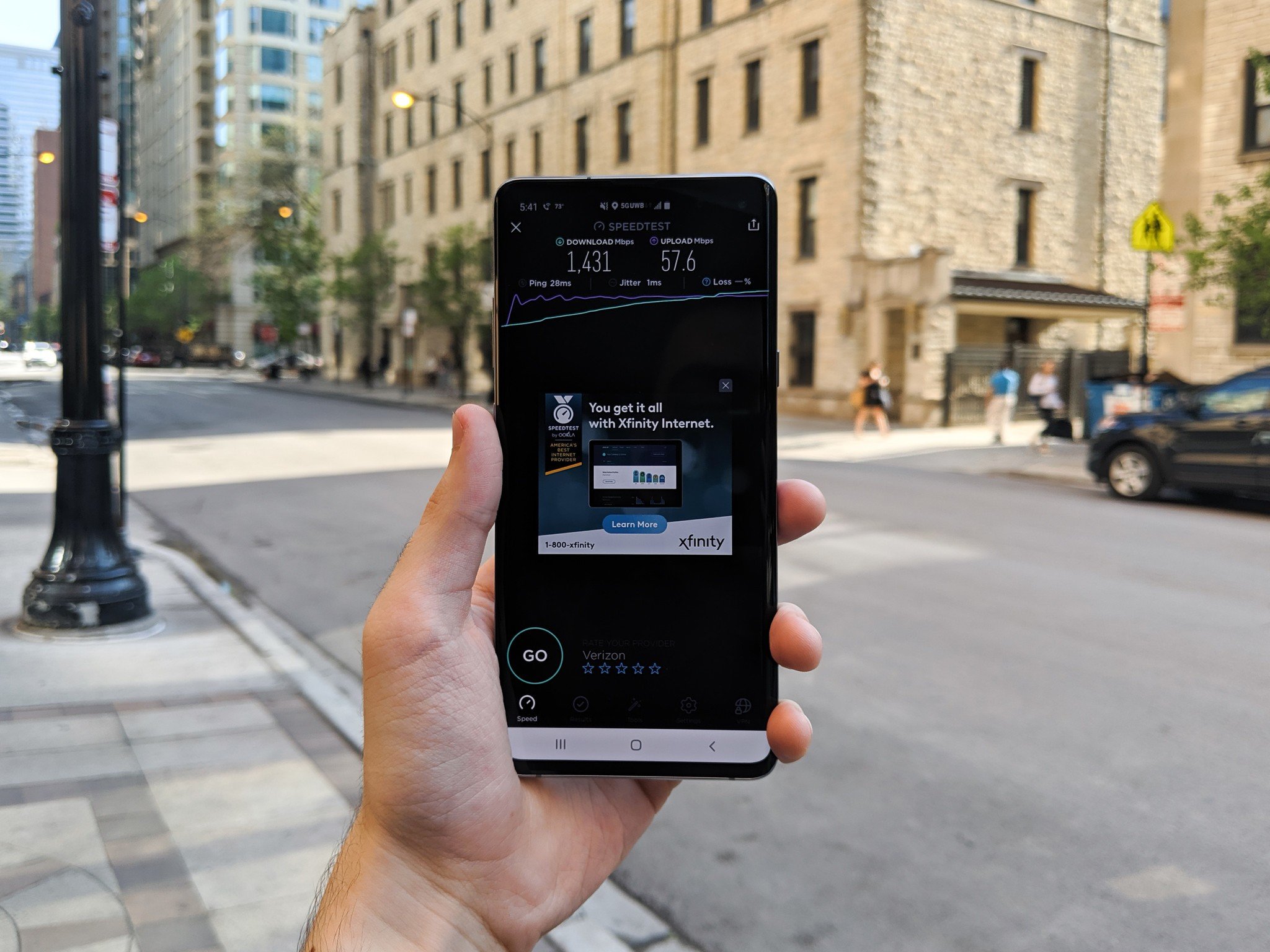


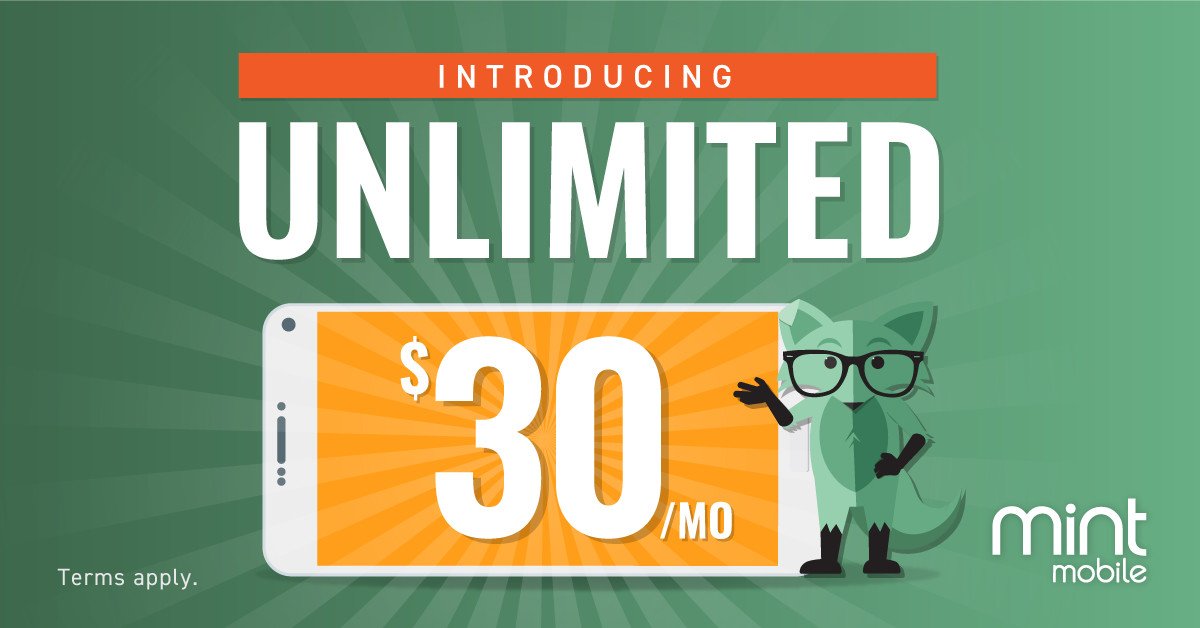

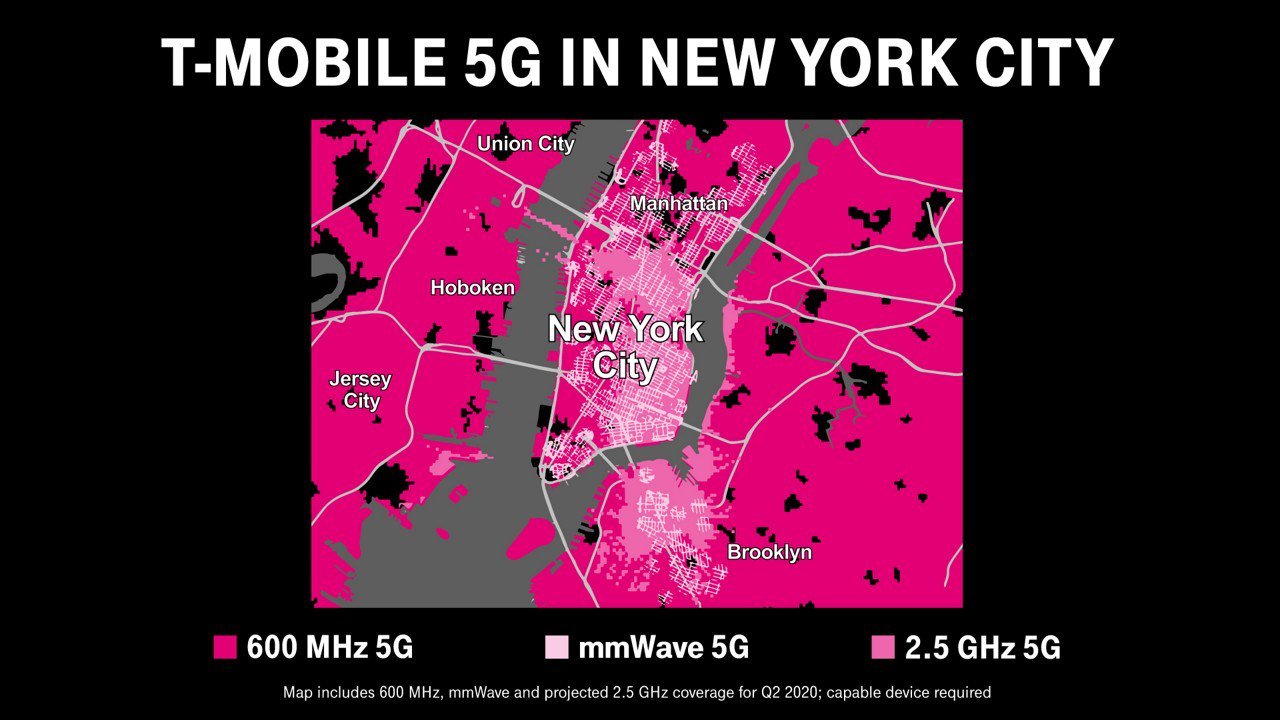


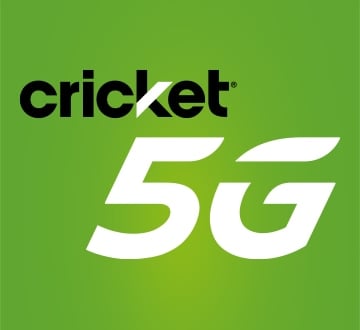
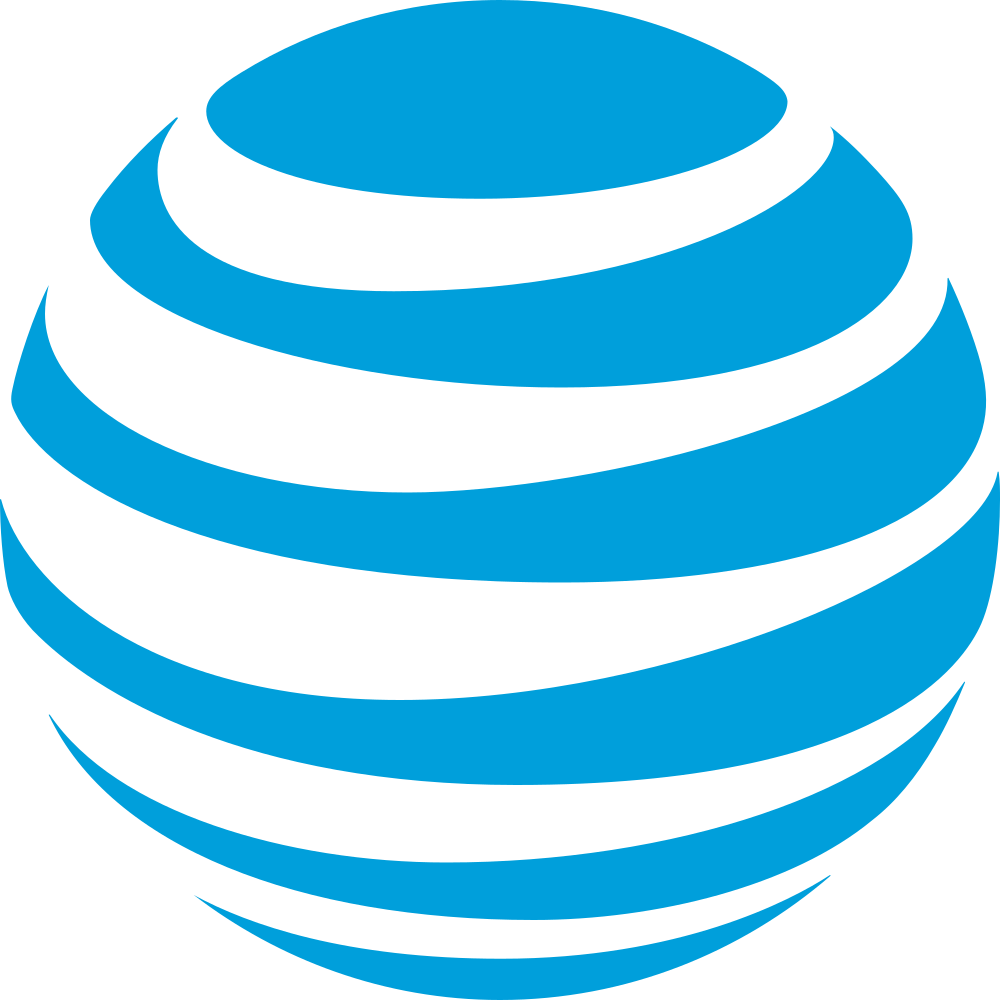
0 Commentaires